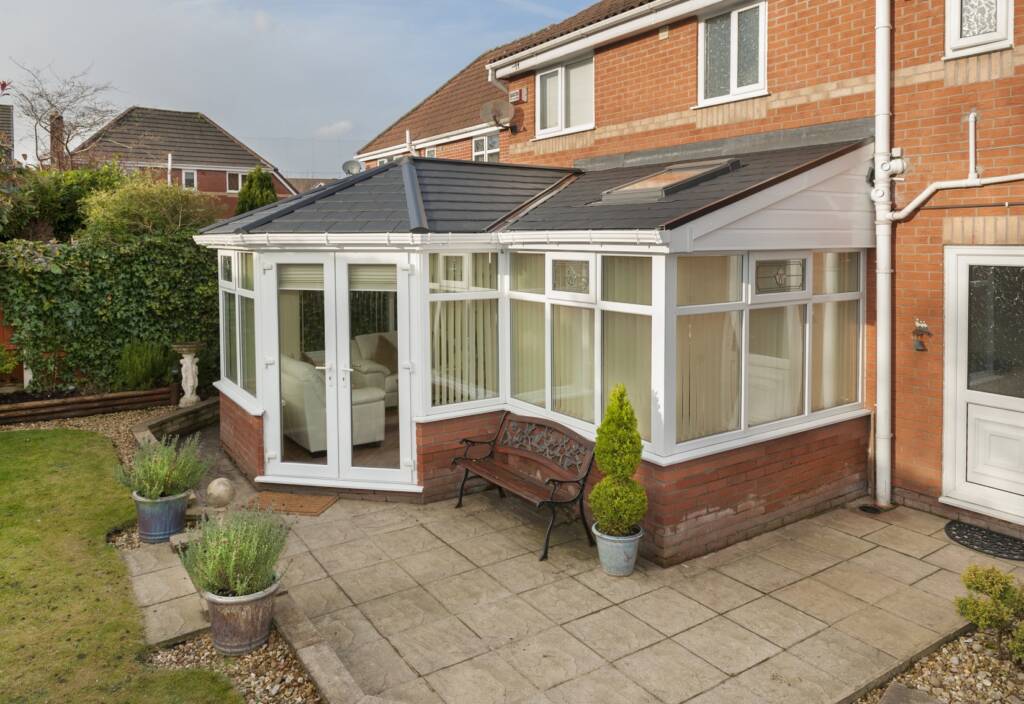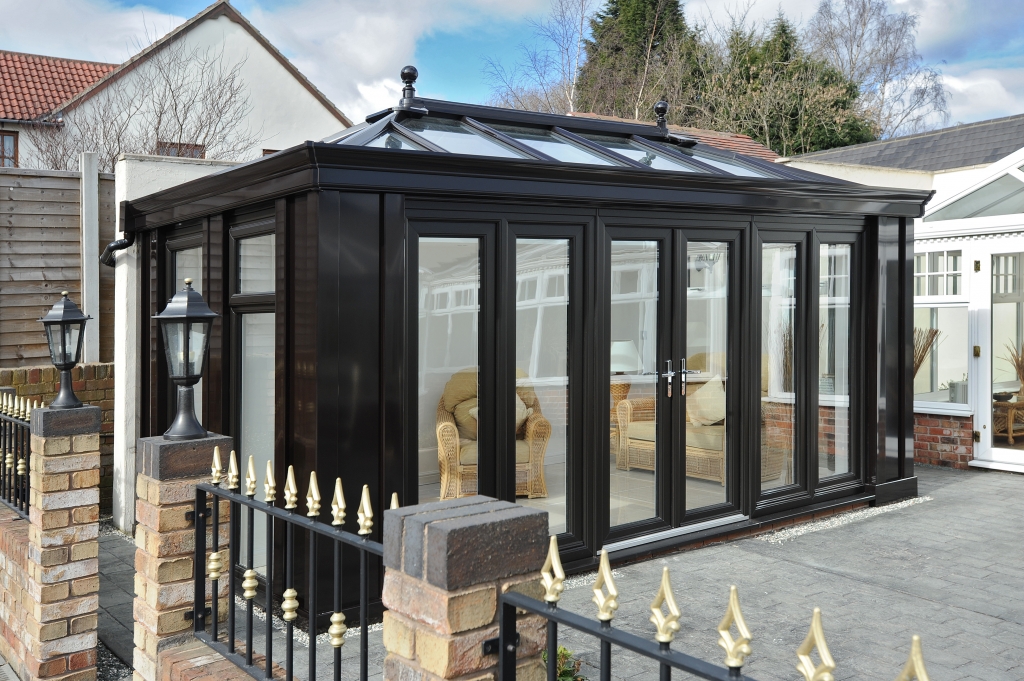The humble conservatory has been a popular addition to people’s home for decades. Conservatories were originally designed to add extra space to people’s homes. A place which could be the dining room people didn’t have. A man cave for football and beer. A playroom for the kids. An office to allow work from home. The idea of a conservatory is genuine, but we really have been doing conservatories wrong for decades.
Wrong conservatory products from the start
Let’s all be honest with ourselves, as an industry we have been building conservatories with the wrong products from the start. We’ve been building them with window and door products. Not a product specifically designed to build a conservatory. We have been using window and door products, with a roof plonked on top.
Then the problems started. Massive overheating in the summer. Way too cold in the winter. Deafening when it rains. Mouldy polycarbonate roof sheets. Leaks. All problems which stop people using conservatories for exactly why they bought them.
As an industry, we rushed into building them with products that were already lying around. No one seemed to stop for a minute and think “hang on, might it be worth designing a new product designed for a conservatory?” We were using glass in conservatories designed for windows. No wonder they would have such massive temperature fluctuations!
But progress has been made.
Glazed extensions, not conservatories
The good news is that the industry is now really learning from its mistakes and is changing.
Take a look at the featured image at the top of this post. This creation was one of ours from last year. It has brick columns. The windows and doors sit within the brickwork. We used Ultraframe’s Cornice gutter product on the outside and their LivinRoom on the inside. We also used a self-cleaning glass roof. This for us is how conservatories, or rather glazed extensions, should be done.
The end result meant that the room we built for the homeowner could be used during all seasons, felt like it was solid and part of the house. Needless to say, they were happy with the end result.
Other new products are now in the market allowing a much better standard of glazed extension to be built. These include things like solid roofs, genuine solar control glass and Loggia columns.
The frustration for me is that change has taken decades. We’ve known about these problems for a long time, yet the appetite for change and for improvement has been lacking until now.
As an industry, we’re slow to react. It’s taken years and years of unhappy homeowners and crappy installations to understand what needs to change and to spend the money to research and develop new and better products to improve standards.
We’re getting there now. There are still a few areas to improve on though. For example, using the right glass in the window and doors frames. Better solar control glass needs to be developed and used more often in this area of conservatories.
But let’s finish on a silver lining. Standards and quality of glazed extensions are getting better. We’ve been late to learn, but better late than never! Onwards and upwards as they say.
To get weekly updates from DGB sent to your inbox, enter your email address in the space below to subscribe:
By subscribing you agree to DGB sending you weekly email updates with all published content on this website, as well as any major updates to the services being run on DGB. Your data is never passed on to third parties or used by external advertising companies. Your data is protected and stored on secure servers run by Fivenines UK Ltd.









I agree, in my opinion a standard uPVC conservatory is a temporary building, you wouldn’t build a house just with a dwarf wall and then glaze above it, the roof supported by the frames. I much prefer the bricks and mortar approach, flat roof and then a skylight. Therefore the only things that will need to be changed in 25-30 years are a few windows and a door set, maybe the roof lantern. Also much more thermally efficient.
Jason, as always your posts are stimulating. I agree with much of your post – however, I think you are ‘over egging’ the failure of the early generation products to make a point. Many of the problems you identified were brought on the sector when their was the ‘gold rush’ in the early 90’s, and everyone piled in trying to deliver a conservatory for £4999 installed – young families needed growing space and this price point suited them. There has always been a more discerning customer – dare I say, over 55, empty nesters where a low budget is not… Read more »